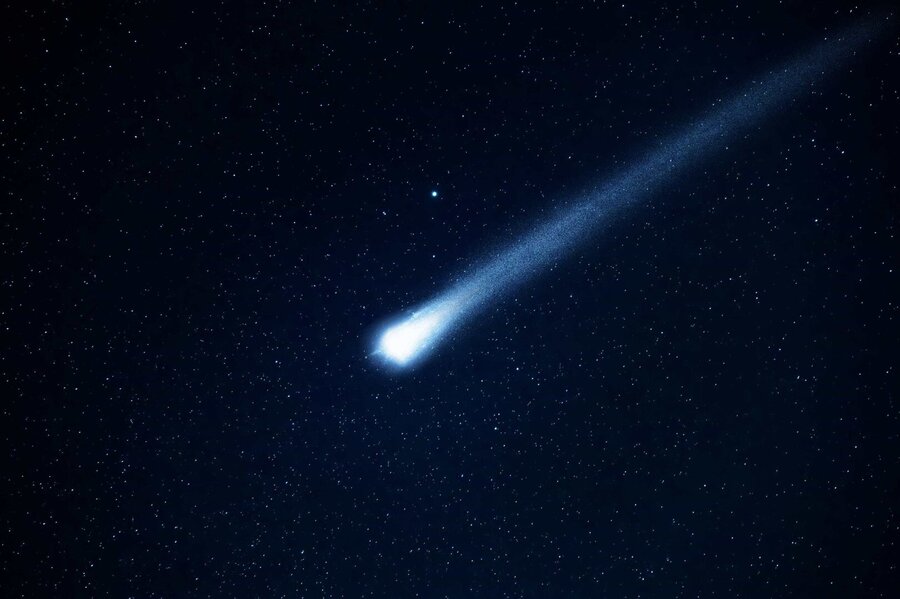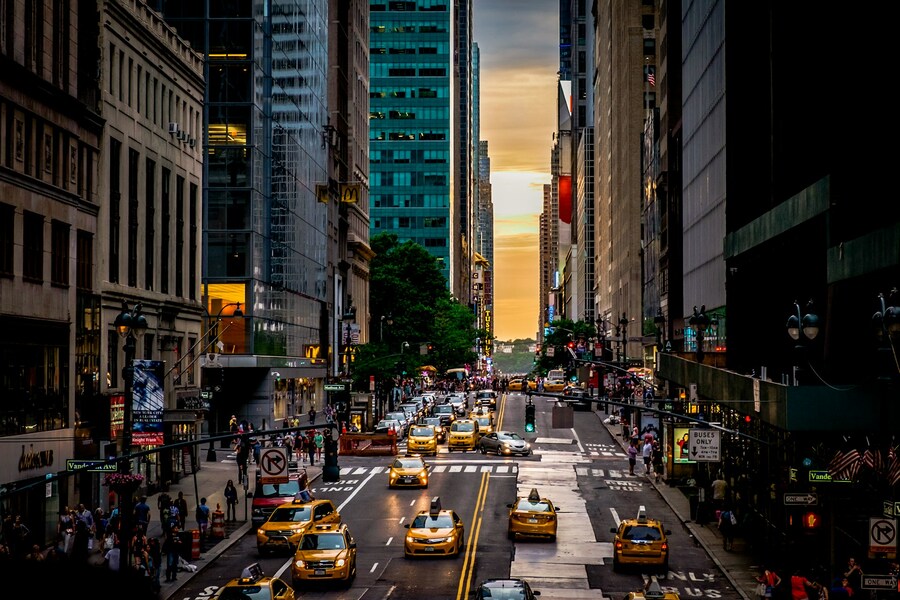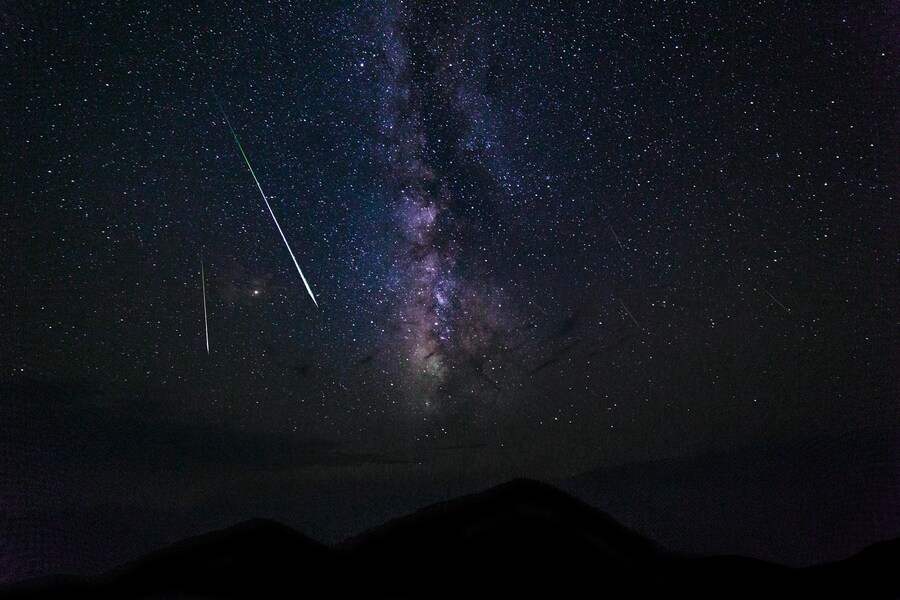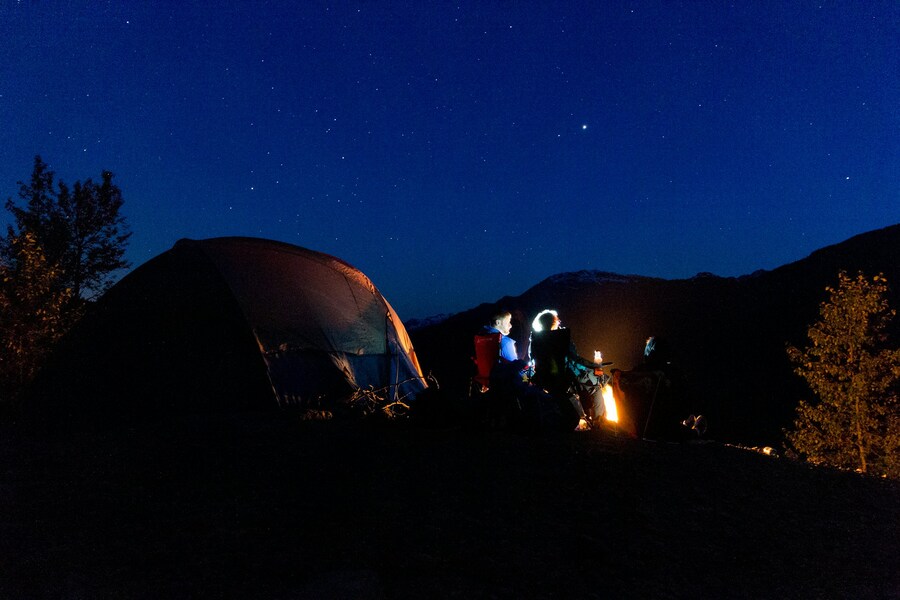Fireworks won't be the only dazzling lights in the July night skies. This month offers a variety of fascinating celestial events, from a meteor shower and planetary alignments to the second occurrence of the much-anticipated Manhattanhenge in NYC and the sighting of a historic comet that hasn't been visible from Earth since the year Disneyland opened.
It's an eventful month that will require early mornings and late nights to witness. Whether you're exploring the skies while on vacation or enjoying the constellations from your own backyard, here are the top night sky events to look forward to this July. Let's get to it!
Manhattanhenge, meteor showers, and more: what to see in the July night sky?
1. July 1: Comet 13P/Olbers

Source: Google Search
This month, get ready for a rare sighting of Comet 13P/Olbers, which will be visible from Earth for the first time in 69 years. According to the stargazing app Star Walk, the best time to catch a glimpse of this comet is early in the month though it'll remain visible with the aid of binoculars or a telescope until late July and August, although its brightness will gradually diminish. Look for the comet after sunset, as it travels below Ursa Major towards the northwest horizon until around midnight.
2. July 3: Jupiter-moon conjunction
On July 3rd, set your alarm early to witness Jupiter and the moon come together in the sky, a few hours before sunset, depending on your location. The 2 celestial bodies will appear within 5 degrees of each other, with the moon positioned above Jupiter, as reported by In-the-Sky.org.
3. July 5: new moon
On the night of July 5th, coinciding with the new moon, the skies will be at their darkest, providing an excellent opportunity to enjoy the stars and galaxies in all their brilliance, particularly from areas with minimal light pollution, such as the newly designated Beaver Island, the first Dark Sky Sanctuary in Michigan, as mentioned in The Old Farmer's Almanac.
4. July 12-13: Manhattanhenge

Source: Taton Moïse/Unsplash
If you missed May's Manhattanhenge, you have another chance to witness this spectacular event. The Manhattanhenge, where the setting sun perfectly aligns with Manhattan's city grid, will return to the Big Apple this month. According to the American Museum of Natural History, the view with the full solar orb shining between the skyscrapers will occur at 8:20 p.m. ET on July 12th. The following evening, July 13th, at 8:21 p.m. ET, you can see the half sun on the horizon version. Recommended viewing spots include 14th, 23rd, 34th, 42nd, and 57th streets, as long as you can still see New Jersey from the eastern parts of Manhattan.
5. July 21: full buck moon
This month also brings the "buck moon," the full moon for July, on the 21st. The moon will reach its fullest at 6:17 a.m. ET on that Sunday, according to The Old Farmer's Almanac.
6. July 21: Mercury reaches greatest eastern elongation
In addition, if you haven't seen Mercury yet this year, you'll have a chance tonight. The "swift planet," known for its quick movement across the sky, will reach its greatest eastern elongation around 11:30 p.m. ET on July 21st, according to In-the-Sky.org. Look for Mercury just after sunset in the constellation Leo, below bright Regulus, above the western horizon. You can view it with the naked eye but binoculars or a telescope will enhance the experience. Don't forget to also look for Venus, which will be below and to the right of Mercury.
7. July 29-30: Delta Aquariid meteor shower peak

Source: Austin Human/Unsplash
The Delta Aquariid meteor shower will reach its peak between July 29th and 30th. This meteor shower is more visible in the southern hemisphere and could produce up to 20 meteors per hour under a dark, new-moon sky. The peak coincides with a 21% illuminated waning crescent moon, so your best chance to observe the shower is from dusk to midnight, before the moon rises, according to EarthSky. Look for it near the Aquarius constellation. If you're fortunate, you may even catch a glimpse of the Perseids meteor shower, which is set to peak in August and will be visible near the constellation Perseus.
Your guide to affordable airport parking: search and book with ParkingNearAirports.io!

Source: Brendan Greenway/Unsplash
While some celestial events are best enjoyed from remote locations, stargazing can also be a fun activity closer to home. Our smart booking platform – ParkingNearAirports.io – can simplify your parking needs, offering solutions for all the major United States airports, including cheap parking near DIA with shuttle service, affordable Burbank Airport valet parking, etc.
Our convenient platform helps you navigate airport parking fees and find affordable options no matter where you're headed. So, pack your telescope, find a dark spot away from light pollution, and enjoy the wonders of the July night sky!






